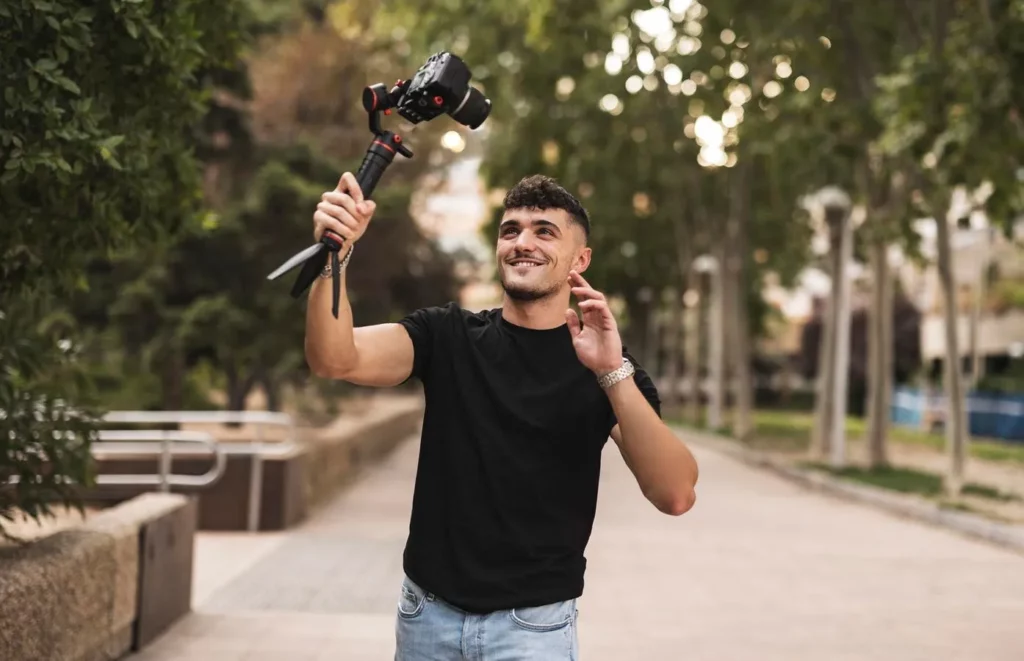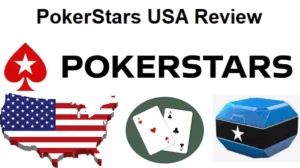
Lessons from a CEO who spent $10 million on influencers
As I watched Sean Frank’s YouTube video, where he opened up about how his brand Ridge spent over $10 million on influencer marketing, one thing became clear – the traditional approach to influencer marketing is broken. And it’s not because of the tactics used, but rather our misguided understanding of what makes a successful campaign.
First and foremost, Frank argues that influencer pricing shouldn’t be based solely on math – CPMs (cost per thousand impressions). Rather, it should be rooted in brand psychology. Your base CPM depends more on how creators perceive your trustworthiness, product category, and risk to their audience. It’s not just about paying for ad space, but building a relationship with the creator.
Frank shares that Ridge has managed to secure deals at $10 CPMs due to its non-controversial category and reputation as an “influencer-safe” brand. This trust acts like a discount, allowing them to negotiate better rates with creators.
The data suggests that most marketers are making a grave mistake by ignoring mid-sized creators who offer the best ROI (return on investment). Frank reveals that CPMs peak not at the top of the creator landscape but in the middle. Small creators are overlooked, and huge ones have few buyers at their price tier, which lowers their effective CPM.
On the other hand, massive-scale or micro-influencers with underpriced reach remain vastly underutilized. By focusing on these unsung heroes, brands can achieve better deals and more scalable results.
Frank’s approach to influencer marketing is not just about performance data or creative iterations but about scaling through trust. Consistency builds brand equity not only with customers but also with creators. This means that instead of treating influencers as mere advertisers, we should treat them like media partners.
The CEO emphasizes the importance of non-endemic sponsorships, where brands partner with creators outside their category. For instance, working with a tech reviewer to promote wallets may seem unconventional, but it’s a smart way to buy underpriced attention in less saturated audiences.
Frank’s views on influencer marketing are nothing short of revolutionary. He believes that the industry is stuck in the past and that we need to rethink our approach. In his words, “I’m my own influencer. Being paid to post – that’s the future.” And for forward-thinking brands, this future is already here.
In conclusion, Frank’s experience highlights the importance of redefining how we measure success in influencer marketing. It’s not about trying new tactics; it’s about adopting a fundamentally different mindset. We need to treat creators as media partners, build trust through consistency and reputation, and focus on the unsung heroes who offer better ROI.
By doing so, we can create campaigns that are more scalable, profitable, and sustainable in the long run.
Source: https://www.forbes.com/sites/ianshepherd/2025/03/31/lessons-from-a-ceo-who-spent-10m-on-influencers/


